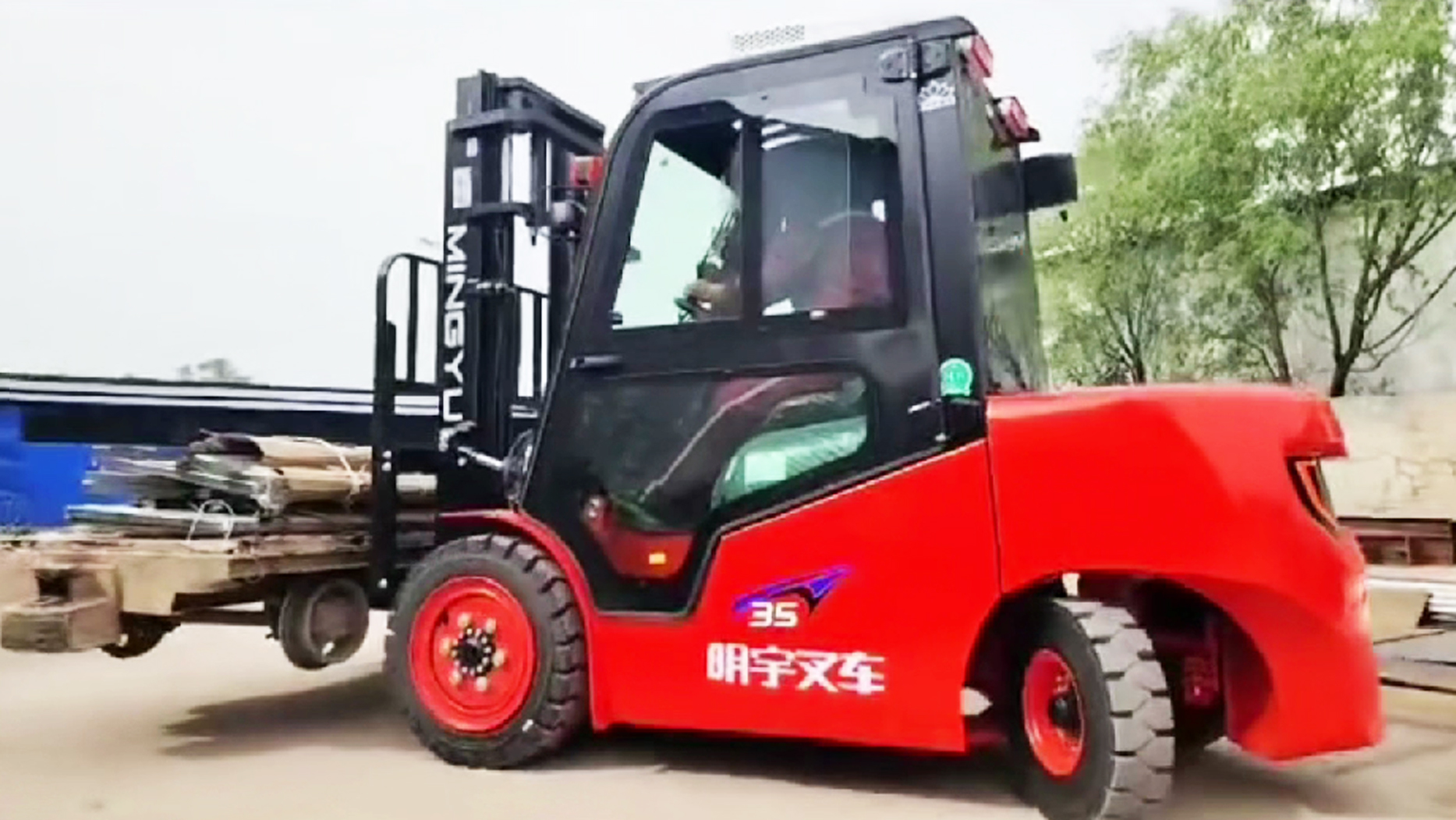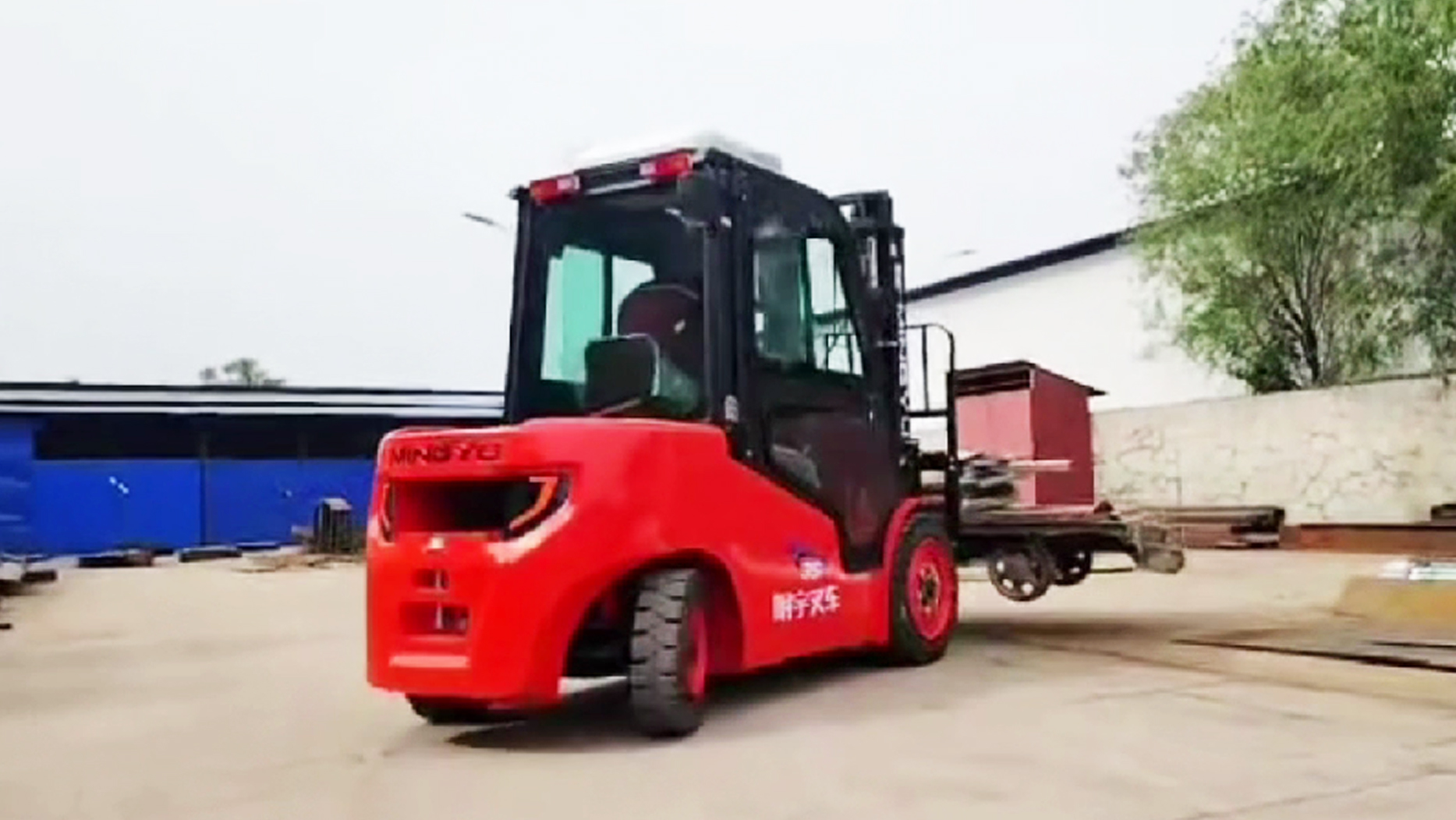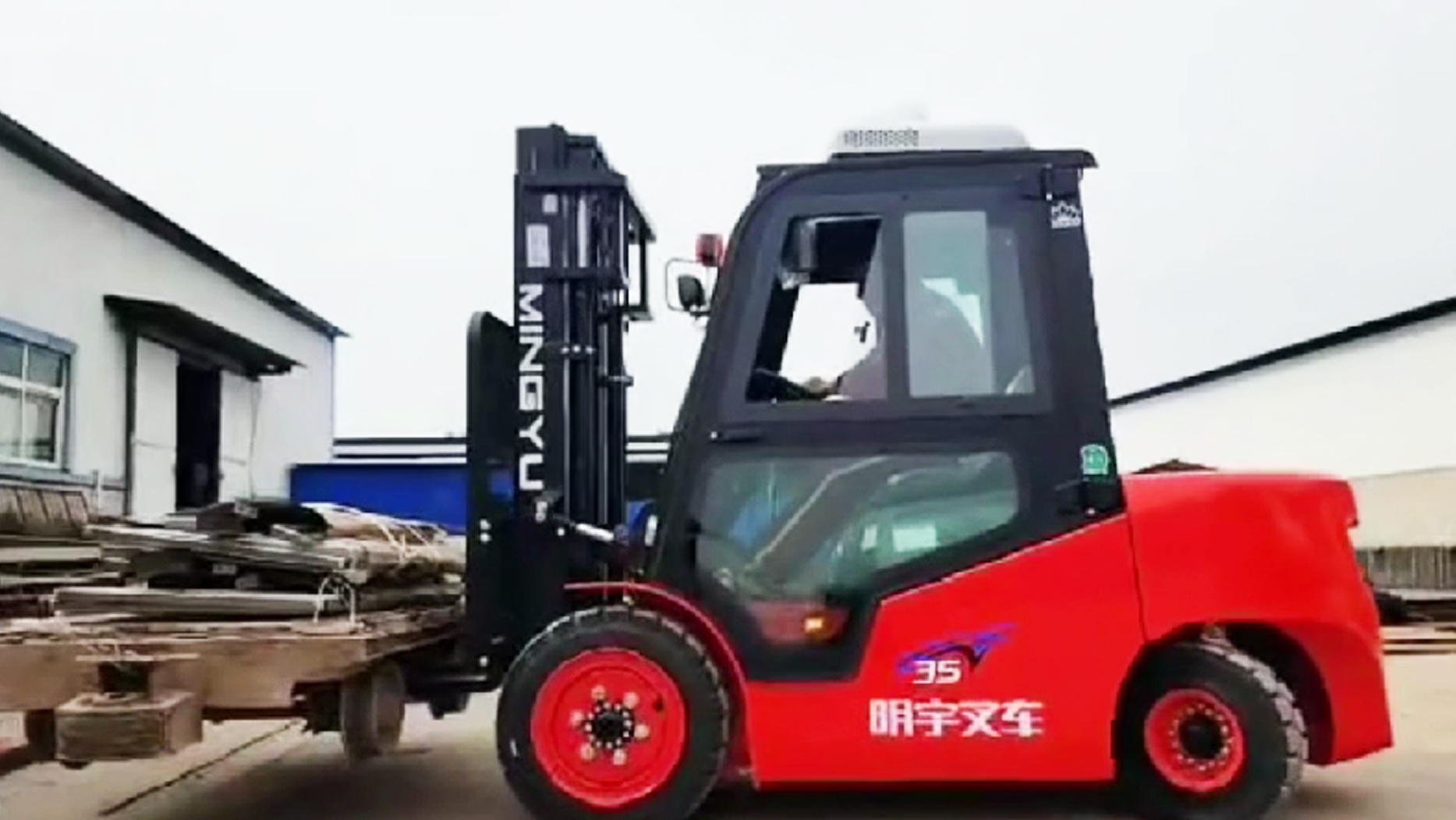When a business decides to invest in a forklift, one of the most critical decisions is choosing between a diesel forklift and an electric model. While the upfront purchase price is a significant factor, a comprehensive comparison requires a deep dive into the total cost of ownership (TCO) over the machine's lifespan. This includes not just the initial outlay but also ongoing expenses like fuel/electricity, maintenance, and potential infrastructure investments. Understanding these nuances is key to selecting the right forklift that aligns with operational needs, environmental goals, and long-term financial viability.
Traditionally, diesel forklifts have been the workhorses for outdoor, heavy-duty applications due to their raw power and rapid refueling. Electric forklifts, on the other hand, have long dominated indoor environments, prized for their clean operation and quiet performance. However, advancements in battery and motor technology are blurring these lines, making electric options more viable for a wider range of tasks.
1. Initial Purchase Price: The Upfront Investment
This is often the first cost considered, and it typically favors diesel forklifts.
Diesel Forklifts:
Generally have a lower upfront purchase price compared to their electric counterparts, especially when considering the complete package for an electric model (forklift + battery + charger).
For a standard capacity diesel forklift (e.g., 2.5-ton to 3.5-ton), prices typically range from $25,000 to $45,000.
Larger capacity diesel models, such as a forklift 3 ton diesel or higher, can range from $45,000 to $80,000+, with specialized heavy-duty units potentially exceeding $100,000.
Brands like ZGLOADER/MYZG often offer very competitive pricing in the diesel segment, making new diesel forklifts accessible for a broader range of businesses, with 3.5-ton diesel models potentially starting around $5,200-$6,400 USD for basic factory prices, though higher with standard configurations and dealer markups.

Electric Forklifts:
Tend to have a higher initial acquisition cost due to the sophisticated battery technology (especially lithium-ion) and the required charging infrastructure.
For a comparable standard capacity electric forklift, the initial price can be 30% to 50% higher than an equivalent diesel model. Prices typically range from $35,000 to $65,000.
The battery alone can cost $2,000-$6,000 for lead-acid and significantly more for advanced lithium-ion batteries, which can be $17,000-$20,000+ per battery.
The charger also adds to the cost, ranging from a few hundred to several thousand dollars depending on type (standard, rapid, smart charger).
Initial Verdict: If only looking at the sticker price, diesel forklifts usually have a lower entry point.
2. Fuel/Energy Costs: The Ongoing Expense
This is where electric forklifts typically gain a significant advantage in the long run.
Diesel Forklifts:
Fuel Consumption: A diesel forklift consumes fuel directly during operation. A forklift 3 ton diesel model might consume around 2.5 to 3.9 liters per hour, with larger models consuming significantly more (up to 15+ liters per hour for heavy-duty units).
Cost Volatility: Fuel prices can fluctuate significantly, making long-term budgeting challenging.
Annual Fuel Costs: Can range from $1,500 to $6,000+ per year, depending on usage intensity and local fuel prices.
Electric Forklifts:
Energy Consumption: Electricity costs are generally more stable and often lower per equivalent unit of work.
Charging Costs: Typically cost $1.50 - $3.00 per operating hour for electricity. Annual charging costs can range from $500 to $2,000 per year, significantly less than diesel.
Efficiency: Electric motors are generally more energy-efficient than internal combustion engines, converting a higher percentage of input energy into usable power.
Energy Cost Verdict: Electric forklifts offer substantial savings on fuel costs over their lifespan, often offsetting their higher initial purchase price within a few years.
 3. Maintenance and Repair Costs: Fewer Moving Parts Win
3. Maintenance and Repair Costs: Fewer Moving Parts Win
Maintenance is another area where electric forklifts often prove to be more economical.
Diesel Forklifts:
Complexity: Internal combustion engines have numerous moving parts, filters, and fluids (engine oil, transmission fluid, coolant, fuel filters, air filters). They also have complex emission control systems (DPF, SCR) that require specialized maintenance.
Frequency: Diesel engines require more frequent and intensive preventative maintenance, including oil changes, filter replacements, spark plug inspections (if applicable for mixed-fuel variants), and emission system cleaning/regeneration.
Annual Maintenance Costs: Typically range from $1,500 to $4,000 per year. After 6-7 years, maintenance needs often increase significantly due to wear and tear.
Electric Forklifts:
Simplicity: Electric motors have significantly fewer moving parts than IC engines, eliminating the need for oil changes, spark plugs, fuel filters, exhaust systems, etc.
Maintenance: Maintenance is generally simpler and less frequent, focusing on lubrication, electrical component checks, and hydraulic system inspections. Battery maintenance (watering for lead-acid) is a key task.
Annual Maintenance Costs: Can be as low as $500 to $2,500 per year, approximately one-third to one-half of diesel models. This translates to substantial long-term savings.
Battery Replacement: The main long-term maintenance cost for electric forklifts is battery replacement. Lead-acid batteries typically last 3-5 years (1,200-1,500 charge cycles) and lithium-ion batteries 8-10+ years (2,000-3,000+ cycles). This replacement cost must be factored into the overall TCO.
Maintenance Verdict: Electric forklifts generally have lower and simpler maintenance requirements, leading to significant savings over their operational life.
4. Infrastructure Costs: A Hidden Factor
This is an area where electric forklifts require an additional upfront investment not always immediately apparent.
Diesel Forklifts:
Infrastructure: Requires a safe, well-ventilated area for fuel storage and a fueling station. This can involve permits, fire safety measures, and spill containment equipment.
Cost: Generally lower and simpler to set up compared to electric charging infrastructure, assuming you already have a diesel supply chain.
Electric Forklifts:
Charging Stations: Requires dedicated electrical outlets and charging stations. For multi-shift operations, this might involve multiple chargers or battery swapping areas.
Battery Room (Lead-Acid): If using lead-acid batteries, a dedicated, well-ventilated battery charging room is often required to manage hydrogen gas emissions during charging and handle potential acid spills. This adds to space requirements and infrastructure costs.
Electrical Upgrades: Existing electrical systems might need upgrades to handle the charging load, especially for rapid charging or a large fleet.
Cost: Can range from a few thousand dollars for a single basic charger to tens of thousands for complex multi-charger setups or battery rooms.
Infrastructure Verdict: Electric forklifts typically demand a higher initial investment in charging infrastructure. However, for lithium-ion batteries, the need for dedicated battery rooms and extensive ventilation is often eliminated, reducing these costs.
 The Role of Manufacturers: ZGLOADER/MYZG
The Role of Manufacturers: ZGLOADER/MYZG
Manufacturers like ZGLOADER/MYZG (often part of the same or affiliated group) play a vital role in making both diesel and electric options available and often more affordable. They offer a range of forklifts that provide competitive pricing. When considering their models, it's essential to:
Compare Specifications: Look at lifting capacity, lift height, engine type (for diesel), battery capacity (for electric), and available features.
Assess Local Support: Crucially, evaluate the local dealer network for parts availability, service, and warranty support, as this significantly impacts your TCO, regardless of initial price.
Consider Value: Brands like ZGLOADER/MYZG can offer an excellent balance of cost-effectiveness and functionality for businesses that need reliable forklifts without the premium price tag of some global industry leaders. They often provide robust diesel forklift options, as well as a growing range of electric models.
Conclusion: Making the Right Choice
The decision between a diesel forklift and an electric forklift is a strategic one, moving beyond just the initial purchase price to a holistic view of the total cost of ownership.
Choose Diesel If: Your primary operation is outdoors, involves very heavy, continuous lifting, requires rapid refueling, and operates in challenging terrain or extreme weather conditions. The immediate power and quick turnaround of a diesel forklift are critical for your workflow.
Choose Electric If: Your operation is primarily indoors, values quiet and emissions-free environments, has access to reliable power infrastructure for charging, and prioritizes lower long-term operating and maintenance costs. The increasing capabilities of electric models are making them viable for more diverse applications.
By carefully evaluating your specific operational needs, environmental priorities, and crunching the numbers on TCO, including factors like fuel, maintenance, and infrastructure, you can confidently select the forklift that will be the most productive, cost-effective, and sustainable solution for your business in the long run.
Post time:Jul.04.2025
